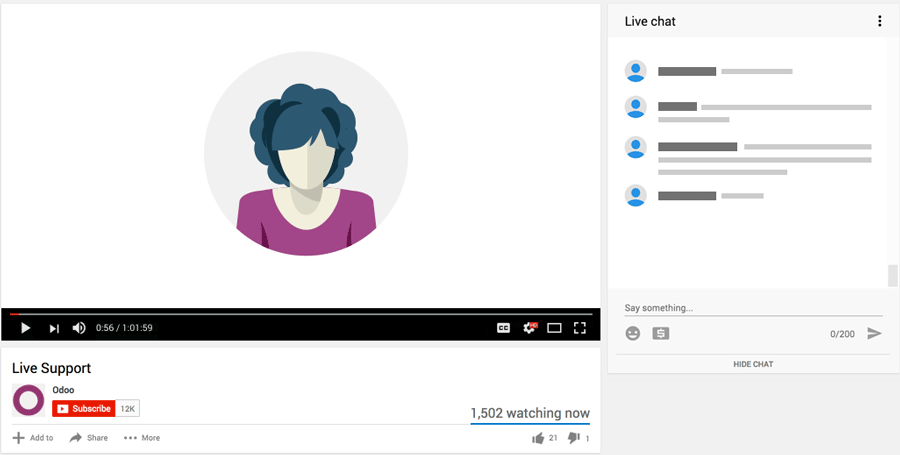Hello,
I’m looking for guidance on how to back up my Odoo 18 Enterprise database from my cloud-based Odoo subscription and restore it locally. I need help with the full process, from downloading the backup to restoring it on my local machine.
Steps I’ve Tried So Far:
-
Downloaded the Backup
- I was able to create a backup from the Odoo Cloud interface, and the file is downloaded as .dump.zip.
-
Extracting the Backup
- I extracted the .dump.zip file, which gives me the dump.sql (database) and filestore/ (files, images, attachments).
-
Restoring the Database Locally
- I created a new database in pgAdmin 4 and attempted to restore it using the .sql file, but I ran into a few issues.
-
Restoring Filestore
- I copied the extracted filestore into my local filestore directory.
-
Configuration
- Updated the Odoo configuration file to point to my local database.
Issues:
- After restoring the database and setting up everything locally, I can’t seem to get the system to fully work. The database and files seem to be in place, but I’m running into some challenges like missing attachments or images.
Questions:
- Is there anything I might be missing during the backup and restore process?
- Are there any additional steps to ensure everything (like website customizations) is fully restored?
- Has anyone successfully run their Odoo Enterprise database locally? Any tips?
